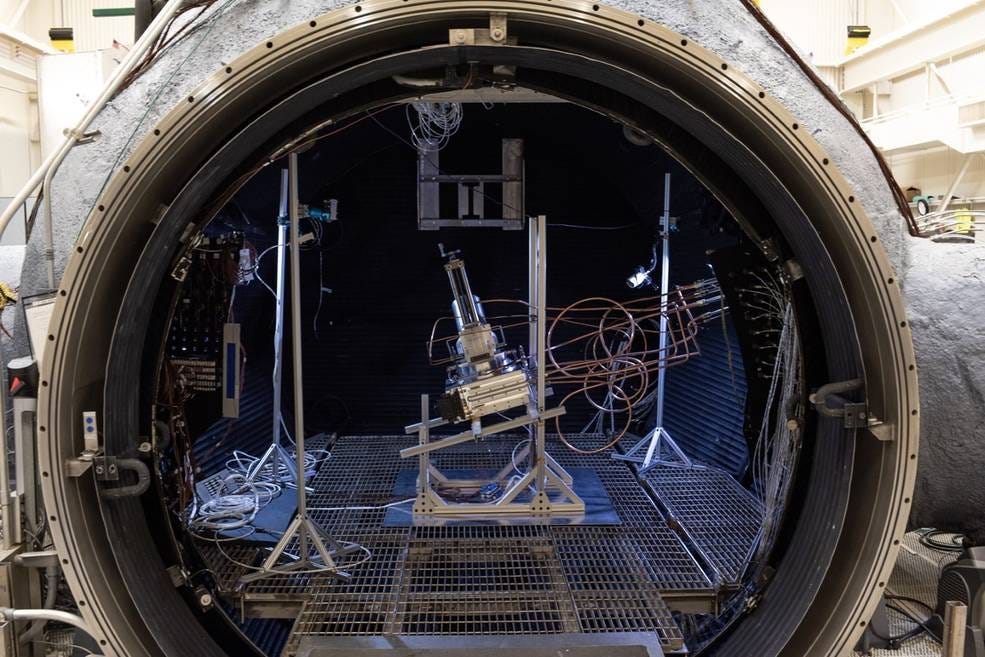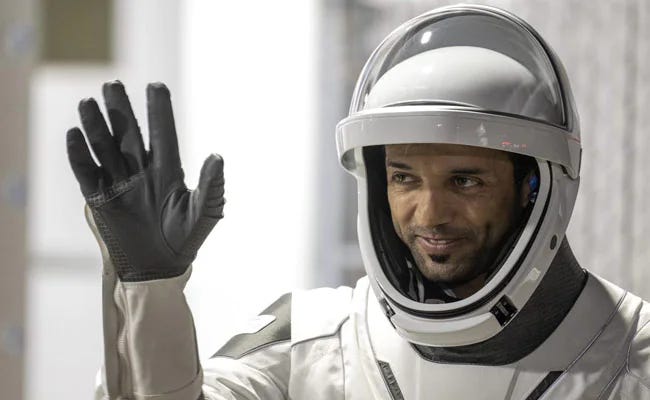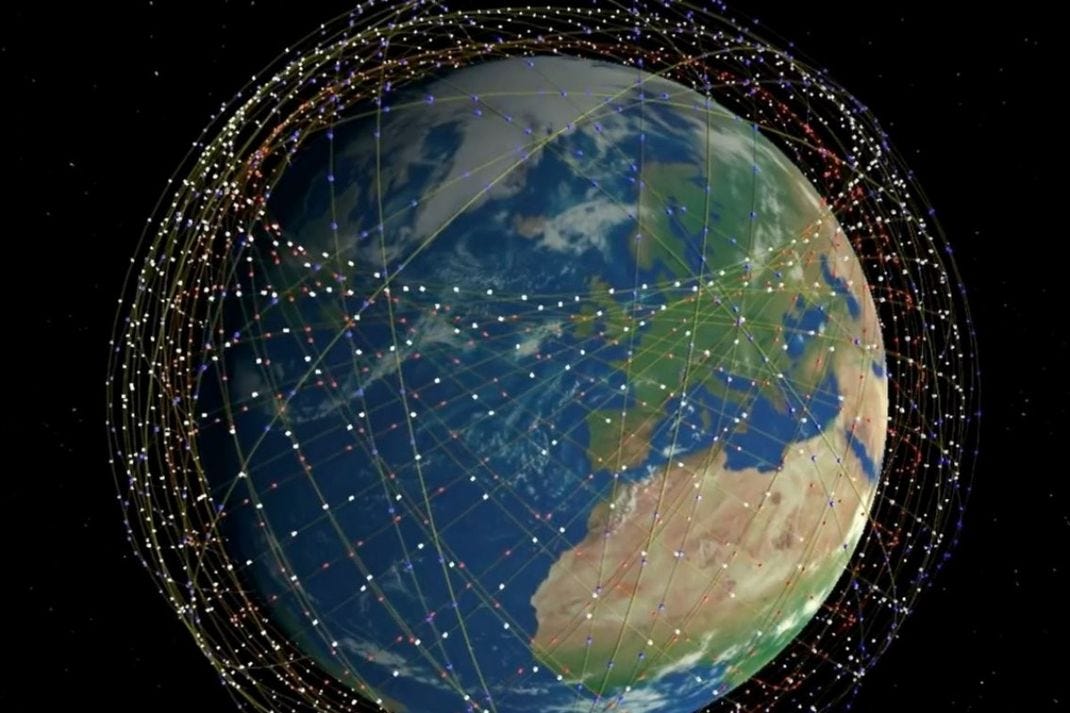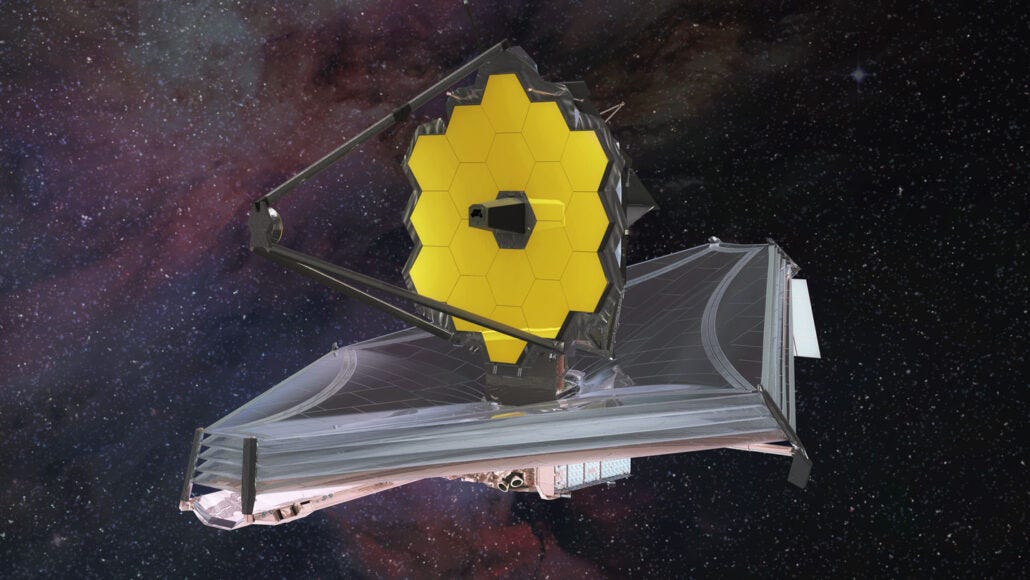Weekly - NASA extracts oxygen from simulated lunar soil and more
Weekly Space News - Quick and Easy
NASA extracts oxygen from simulated lunar soil
Last week NASA successfully extracted oxygen from a simulation of the lunar soil. This was achieved by using a carbothermal reactor (an instrument used to make solar panels and steel) to extract carbon monoxide by heating the soil. The oxygen was then extracted from the carbon monoxide. This new method of extracting oxygen from the lunar soil could help sustain long-term human missions on the moon.
UAE becomes one of 12 countries to complete a spacewalk
Last week, Sultan Al-Neyadi became the first astronaut from the United Arab Emirates to successfully complete a spacewalk. Together, Al-Neyadi and his partner Stephen Bowen completed a spacewalk that lasted 7 hours. Up till now, only 11 countries had completed a spacewalk. This historic new spacewalk adds UAE to that group.
World’s first private lunar lander crashes
Last week the world was waiting to witness a historic event as the first-ever private lunar lander, Hakuto-R, was set to touch down on the moon but all did not go as planned. The Hakuto-R was designed by the Tokyo-based company ispace. The lander also carried a rover by UAE called the Rashid rover. The lander was set to touch down on the moon on April 25 but unfortunately, the lander and the rover crashed on the lunar surface
.
SpaceX launches 46 more Starlink satellites
Last week SpaceX launched 46 more of its Starlink communications satellites into space. The satellites were launched by SpaceX’s Falcon 9 rocket into low earth orbit. The main goal of these Starlink satellites is to form a satellite constellation and provide a high-speed internet connection to people across the world. Starlink currently has more than 3,000 satellites in orbit and is expected to grow into a constellation of more than 40,000 satellites around the world.
James Webb facing technical difficulties
NASA’s James Webb Space Telescope (JWST) faced a technical glitch in one of its sensors last week. One mode of the telescope’s Mid-Infrared Instrument (MIRI), was displaying faulty data. While all other modes were unaffected, this one particular sensor was not receiving the amount of light it was supposed to. The sensor was used to identify the properties of distant celestial bodies like temperature and chemical composition. NASA is getting to the root of the problem and is trying to fix it right now.






